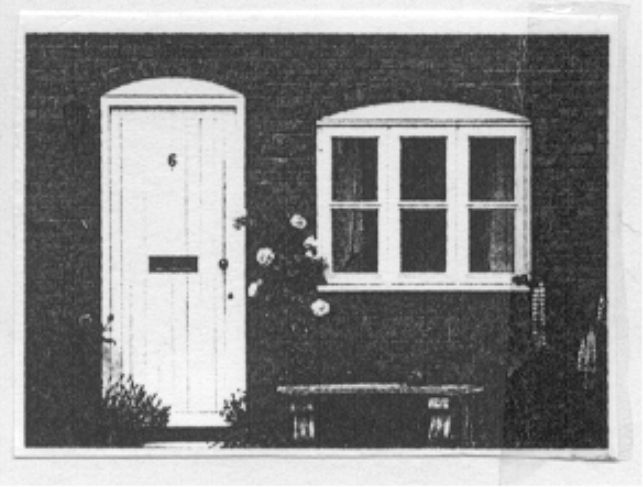Development Management SPD
4 Conservation Areas and Listed Buildings
4.1 Local Plan Policy HC1 confirms heritage assets within the district, and their setting, will be protected, conserved and enhanced. The character of Conservation Areas often comes from the inter-relationship and grouping of buildings developed over several centuries. This includes the form and massing of the buildings, their design and detailing, and the construction materials. The inter-relationship and grouping also involves the spaces created between and around buildings, and the streetscape.
4.2 A heritage asset is a building, monument, site, place, area or landscape positively identified as having a degree of significance meriting consideration in planning decisions. Heritage assets are valued components of the historic environment. They include designated heritage assets such as Scheduled Monuments, Listed Buildings, Registered Parks and Gardens, Conservation Areas, and non designated heritage assets.
4.3 All new development must fit comfortably within the existing built form. New build must respect the form and massing of the area, traditional building materials and the layout and form of the settlement. Where the form of the settlement is a continuous street line, then this line should be respected. The Planning (Listed Buildings and Conservation Areas) Act 1990 section 66 & 72 imposes a special duty to consider the setting of conservation areas and listed buildings when taking planning decisions.
4.4 Many of the buildings which make up original settlements are domestic in appearance and use. They are often built in terraces and sited hard up to the back of the pavement and highway. Their form is fairly simple with high pitched roofs in slate or tile, and brick or painted render walls. The use of ironstone is found mainly in the east of the District, with brick increasing westwards. Welsh slate is found throughout the District as are Swithland slates. A few Collyweston slates remain in the east. Many villages consist of a single main street having detached and contiguous buildings interspersed with terraces and groups of buildings. A church or churches form a feature of the original settlement and many villages contain open areas.
4.5 Attention to detail can do much to make a new building fit into its Conservation Area and / or respect the integrity of a listed building. Details range from the proportion of a proposal to the size of doorway and window openings, window cill design and the treatment of door and window arches,where the modern brick on edge design often looks awkward and out of place. Double glazing on new build is acceptable, but the use of double glazed small pseudo "Georgian" panes is generally out of place; larger panes are better with double glazing, such as two panes per light in a two or three light window. Joinery details are significant. UPVC doors and windows often look heavy and clumsy and so out of proportion, particularly when replacing older windows designed for their buildings.

4.6 Within Conservation Areas natural materials are best. Real slate or clay tiles are encouraged to be used for the roof and a good brick used for the walls. Stone may be appropriate, but the type of stone, the shape of the individual pieces of stone and how they are laid are important. Artificial materials are not advisable for sensitive locations generally found in Conservation Areas. A natural material will continue to look good with time, whilst an artificial material will visually deteriorate.